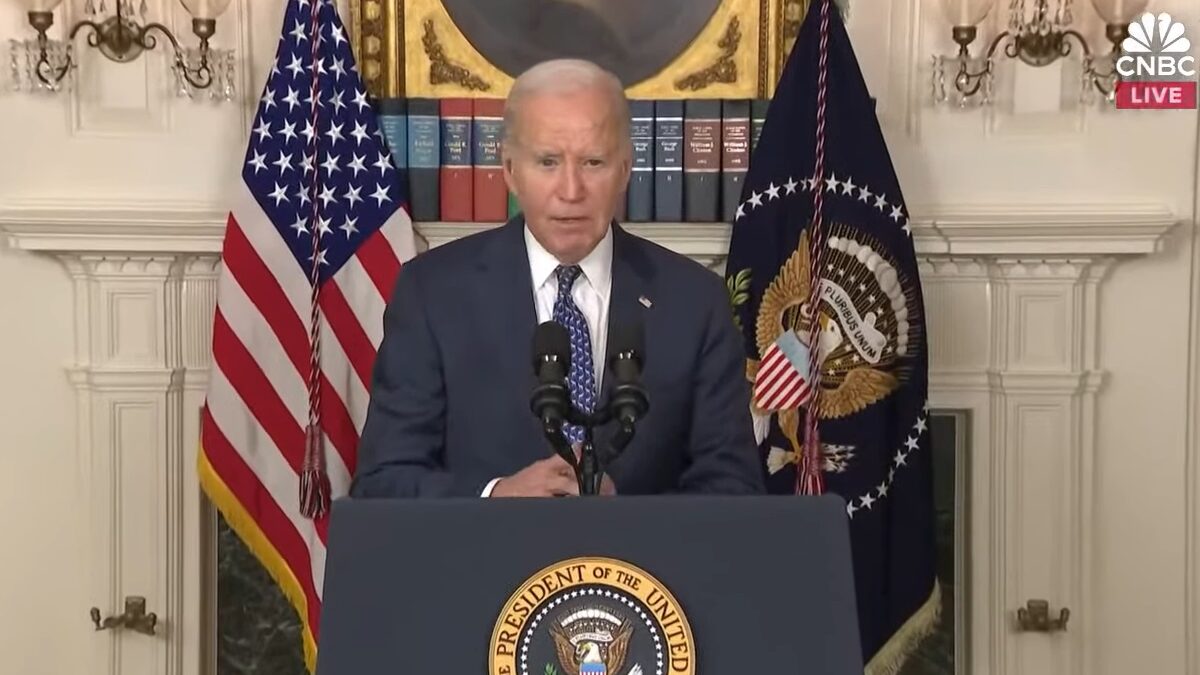
“Better Call Saul” inches closer to its sequel series “Breaking Bad” each season—not just in terms of converging storylines, but also in overall tone. The jovial and light-hearted nature of early seasons has given way to darkness. The silly antics have been replaced by moves of desperation, and in the scope of dynamic television characters, few rival Jimmy McGill’s quality and complexity.
Each new episode of “Better Caul Saul” adds a layer of the titular character to further his evolution into Saul Goodman, whom viewers came to know in “Breaking Bad.” The more his inner workings are exposed, the more we are enthralled. No other fictional person contained in a TV series has better portrayed unrelenting conflict and struggle like McGill.
Certainly the show’s development, production, and writing are to be greatly credited, but Jimmy does not become Saul Goodman without Bob Odenkirk’s masterful and electric portrayal. His performance is a perfect cocktail of humor, discomfort, genius, arrogance, and anxiety.
Jimmy’s self-doubt, which he struggles to contain, finds a home on Odenkirk’s face even in the most hopeful moments of the show. Without Odenkirk, “Better Call Saul” might be a decent show. With him, it’s the best show on television.
Bob Odenkirk’s Rise into Jimmy McGill
Because Odenkirk fills McGill’s form so seamlessly, it could be somewhat surprising that his turn on “Breaking Bad” was his first major dramatic role. His prior career had been almost exclusively in comedy, and mainly as a writer.
Growing up in the Midwest, he found an early talent for comedy, performing sketches at home with his family. In college, he wrote late-night shows for radio, and eventually attended The Players Workshop in Chicago, an esteemed improvisational comedy school. There, he met many people who became key in his road to success, including fellow writer Robert Smigel.
Odenkirk also performed at The Second City, where he met many future stars, including the legendary Chris Farley. While at Second City, Odenkirk developed a character for Farley named “Matt Foley,” a disheveled and hapless motivational speaker. Matt Foley eventually moved from stage to TV when Odenkirk, Smigel, and Farley joined “Saturday Night Live” within a few years of each other.
Odenkirk worked as a writer on “Saturday Night Live” from 1987-1991, contributing many ideas, but frequently having a hard time getting his sketches to air. He forged friendships with fellow writers, including Conan O’Brien and Ben Stiller, who often shared his frustration. He left the show on a sour note, feeling that he had not been given the right opportunity to be funny.
Odenkirk told Vanity Fair in 2015, “A big part of the challenge I had at Saturday Night Live was my own immaturity. I brought a lot of challenge to the show just because I was a person who was confrontational and suspicious of the establishment.” Despite his dissatisfaction, the show won two Emmys for writing while he was on staff. He may not have gotten the chance to create as many characters as he wanted, but his legacy is cemented in the misguided motivational speeches of the thrice-divorced Foley.
Slowly Developing a Record of Success
After his stint on SNL, Odenkirk wrote for many short-lived sitcoms and variety shows, including “The Ben Stiller Show,” for which he also won an Emmy, and “Late Night with Conan O’Brien.” He became recognized for his acting role on “The Larry Sanders Show” as Sanders’ agent, Stevie, and appeared in small roles on well-known sitcoms like “Roseanne” and “The Jackie Thomas Show.”
While working on “The Ben Stiller Show”, Odenkirk met David Cross, a fellow improv comic, and the two created “Mr. Show,” a sketch comedy series for HBO. The show was critically acclaimed and widely praised by fellow entertainers.
“Mr. Show” served as a launch pad for many comedic actors and produced iconic sketches still widely circulated today, like “The Story of Mt. Everest” and “Fairsley Foods.” The show ran for four seasons on HBO and was nominated for many awards, but struggled to find a regular audience, and was subsequently cancelled in 1998.
After “Mr. Show,” Odenkirk worked as an actor in small roles and collaborated behind the scenes with several fellow comedians. While few of the roles provided him with acclaim, he worked steadily, collecting many credits and always writing, but never achieving the level of success he had found on his own show.
He directed critically panned movies “Let’s Go to Prison” and “The Brothers Solomon,” both box office disappointments. In 2004, he was contacted by then-unknown comedians Tim Heidecker and Eric Wareheim, who provided him samples of their comedy and writing that Odenkirk found impressive. He helped them develop a show for Adult Swim called “Tom Goes to The Mayor,” and what would eventually become “Tim and Eric Awesome Show, Great Job.”
Odenkirk’s Big Break with ‘Breaking Bad’
To say Odenkirk was not a success in show business by 2009 would be vastly untrue. He had worked solidly, was strongly revered by comedians, and had firmly developed his status as a recognizable face, both on TV and in movies. However, an offer to appear on the second season of AMC’s new hit drama, “Breaking Bad,” ultimately proved to be the big break he didn’t know he had never gotten.
The role was meant to be short-lived, only three episodes. Show creator Vince Gilligan described the character as a slimy lawyer, meant to add some comic relief to an increasingly dark show. Odenkirk knew the show was being praised, so he said “yes” right away. Upon watching the show for the first time following his acceptance, however, he was shocked that he had been selected for such a dramatic story.
He remarked to Rolling Stone in 2012, “I was wondering, ‘What the h-ll are they doing hiring me for this?’ I wouldn’t have been surprised if I showed up on set, and they said, ‘Oh my goodness, no, no, we wanted the other Bob Odenkirk, the one who does dramas.’”
His instinct was off, as Saul Goodman brought an entirely new dynamic to the show that only enriched its amazing story and performances. His short arc on season two of “Breaking Bad” was so well received that he was written into the remainder of the series as a main character.
After quickly becoming a favorite among critics and fans, the idea of a Saul Goodman spinoff was formed, long before the last episode of “Breaking Bad.” Vince Gilligan and Peter Gould, a writer and producer of “Breaking Bad,” confirmed development of “Better Caul Saul” in 2012. The show premiered in 2015 to critical acclaim. In each season, Odenkirk has been nominated for an Emmy for his performance, though he has yet to win.
The Blend of Comedic and Tragic
With the success of “Breaking Bad” and “Better Call Saul,” dramatic roles have found their way to Odenkirk, but he has never forsaken his comedy roots. In 2013, he and other writers and performers from “Mr. Show” released “Hollywood Said No!” a collection of rejected sketches from the show’s heyday. In 2014, he wrote a deeply irreverent, sarcastic, and fun book called “A Load of Hooey,” and the following year he teamed back up with David Cross to release a quasi-reboot of “Mr. Show” called “W/ Bob & David” on Netflix.
Perhaps it is Odenkirk’s experiences as a comedian and writer that help shape his portrayal of Saul Goodman. Maybe only someone with a personal mastery of self-doubt, irony, and tragedy could embody such a complex character as well as he does.
Certainly, the road that led Odenkirk to play one of the most interesting characters in the history of television was anything but ordinary. Despite numerous setbacks, he has been part of some of the most iconic moments in pop culture in the last three decades. His role on “Better Call Saul” is certainly a crown jewel on his lengthy resumé, but the future of his incredible career is likely full of surprises.









